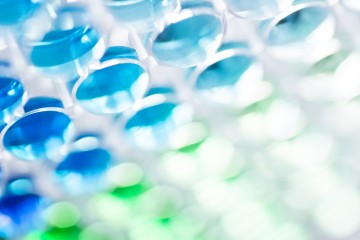PhD Studentship
Bone healing and regeneration in an ex vivo bioreactor – evaluation of angiogenesis and reparation for clinical application

At a glance
Completed
Award date
September 2012 - September 2016
Grant amount
£120,000
Principal investigator
Professor Richard Oreffo
Co-investigator(s)
Institute
University of Southampton
R
- Replacement
Read the abstract
View the grant profile on GtR
